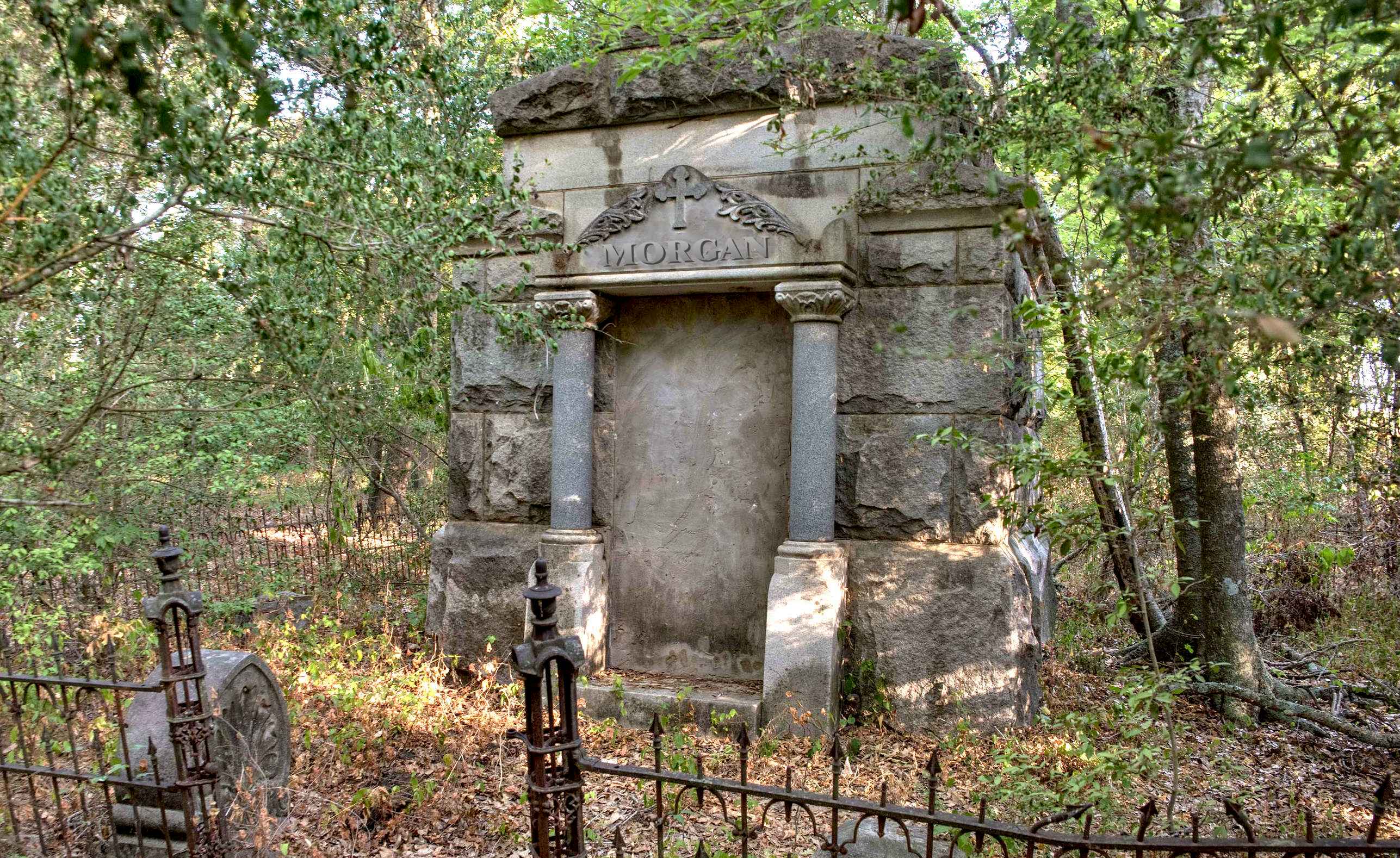
Sir
Henry Morgan was a pirate turned privateer, who raided
Spanish ships in the Caribbean,
giving over 10% of his booty to the English Crown, in
exchange for license to prey on and steal from Spain on the
high seas. Percentages also went to other
parties, before finally being divided up amongst the crew.
You might imagine how the tally would reach staggering
proportions, when you consider just how many ships and
forts, the Welshman captured. But, Morgan's treasure
stash was never recovered. We know he was a cautious man, by
virtue of the escape tunnel from his home in Jamaica, that
also was built on a high vantage point, to be able to detect
invasions.
Paleoanthropology or paleo-anthropology is a branch of paleontology and anthropology which seeks to understand the early development of anatomically modern
humans, a process known as hominization, through the reconstruction of evolutionary kinship lines within the family Hominidae, working from biological evidence (such as petrified skeletal remains, bone fragments, footprints) and cultural evidence (such as stone tools, artifacts, and settlement localities).
The field draws from and combines primatology, paleontology, biological anthropology, and cultural anthropology. As technologies and methods advance, genetics plays an ever-increasing role, in particular to examine and compare
DNA structure as a vital tool of research of the evolutionary kinship lines of related species and genera.
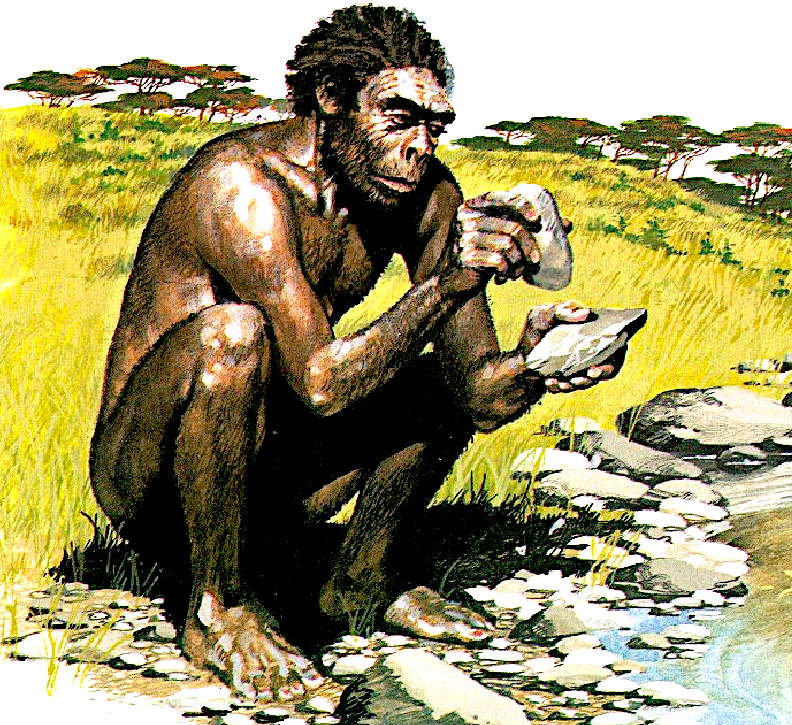
Homo habilis, (Latin: “able
man,” “handy man” "tool user") is an extinct species of
human from the early Pleistocene, the most ancient representative of the human genus, Homo.
Habilis inhabited parts of sub-Saharan East Africa from roughly 2.4 to 1.5 million years ago (mya). In 1959 and 1960 the first fossils were discovered at Olduvai Gorge in northern Tanzania. This discovery was a turning point in the science of paleoanthropology because the oldest previously known human fossils were Asian specimens of Homo erectus. Many features of
Homo Habilis appear to be intermediate in terms of evolutionary development between the relatively primitive Australopithecus and the more-advanced Homo
species such as Homo Sapiens.
ACTS
OF GOD - DIVINE INTERVENTION
Divine intervention is an event that occurs when a deity (i.e.
Gods or a god) becomes actively involved in changing some situation in human affairs. In contrast to other kinds of divine action, the expression "divine intervention" implies that there is some kind of identifiable situation or state of affairs that a god chooses to get involved with, to intervene in, in order to change, end, or preserve the
situation; an act of God.
It could be argued, that the discovery of DNA and gene
manipulation, is a divine intervention, giving humans the
ability to define their future. Even though genetically
modified crops and cloning technology is in its infancy.
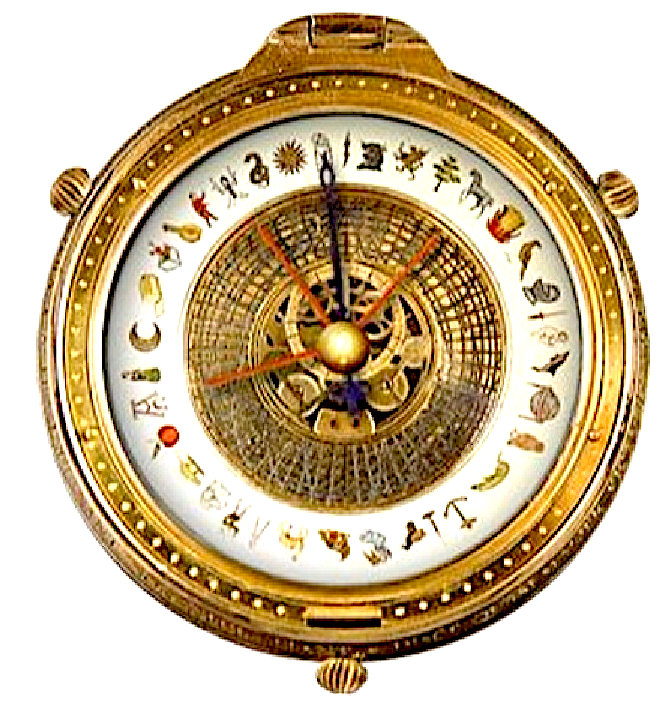
The
Alethiometer in the Golden Compass film from 2007
THE
HOLY GRAIL - CUP OF CHRIST
The Holy Chalice, also known as the Holy Grail, is in Christian tradition the vessel that
Jesus
Christ used at the Last Supper to serve wine. The Synoptic Gospels refer to Jesus sharing a cup of wine with the Apostles, saying it was the covenant in his blood. The use of wine and chalice in the Eucharist in Christian churches is based on the Last Supper story. In the late 12th century, the author Robert de Boron associated the pre-existing story of the Holy Grail, a magical item from Arthurian literature, with the Holy Chalice. This association was continued in many subsequent Arthurian works, including the Lancelot-Grail (Vulgate) cycle, the Post-Vulgate Cycle, and Sir Thomas Malory's Le Morte d'Arthur. A cup kept in the Spanish Cathedral of Valencia has been identified since Medieval times as the purported Holy Chalice used at the Last Supper.
The iconic significance of the Chalice grew during the Early Middle Ages. Depictions of Jesus praying in the Garden of Gethsemane, such as that in the fourteenth-century frescoes of the church at Öja, Gotland (illustration, right), show a prefigured apparition of the Holy Chalice that stands at the top of the mountain, illustrating the words "Let this cup be taken from me". Together with the halo-enveloped Hand of God and the haloed figure of Jesus, the halo image atop the chalice, as if of a consecrated Host, completes the Trinity by embodying the Holy Spirit.
The Holy Grail is a treasure that serves as an important motif in Arthurian literature. Various traditions describe the Holy Grail as a cup, dish, or stone with miraculous healing powers, sometimes providing eternal youth or sustenance in infinite abundance, often guarded in the custody of the Fisher King and located in the hidden Grail castle. By analogy, any elusive object or goal of great significance may be perceived as a "holy grail" by those seeking such.
A "grail" (Old French: graal or greal), wondrous but not unequivocally holy, first appears in Perceval, the Story of the Grail, an unfinished chivalric romance written by Chrétien de Troyes around 1190. Chrétien's story inspired many continuations, translators and interpreters in the later-12th and early-13th centuries, including Wolfram von Eschenbach, who perceived the Grail as a stone. The Christian, Celtic or possibly other origins of the Arthurian grail trope are uncertain and have been debated amongst literary scholars and historians.
In the late-12th century, Robert de Boron in Joseph d'Arimathie portrayed the Grail as Jesus's vessel from the Last Supper, which Joseph of Arimathea used to catch Christ's blood at the crucifixion. Thereafter, the Holy Grail became interwoven with the legend of the Holy Chalice, the Last Supper cup, an idea continued in works such as the Lancelot-Grail cycle and consequently the 15th-century Le Morte d'Arthur. In this form, it is now a popular theme in modern culture and has become the subject of pseudohistorical writings and of conspiracy theories.
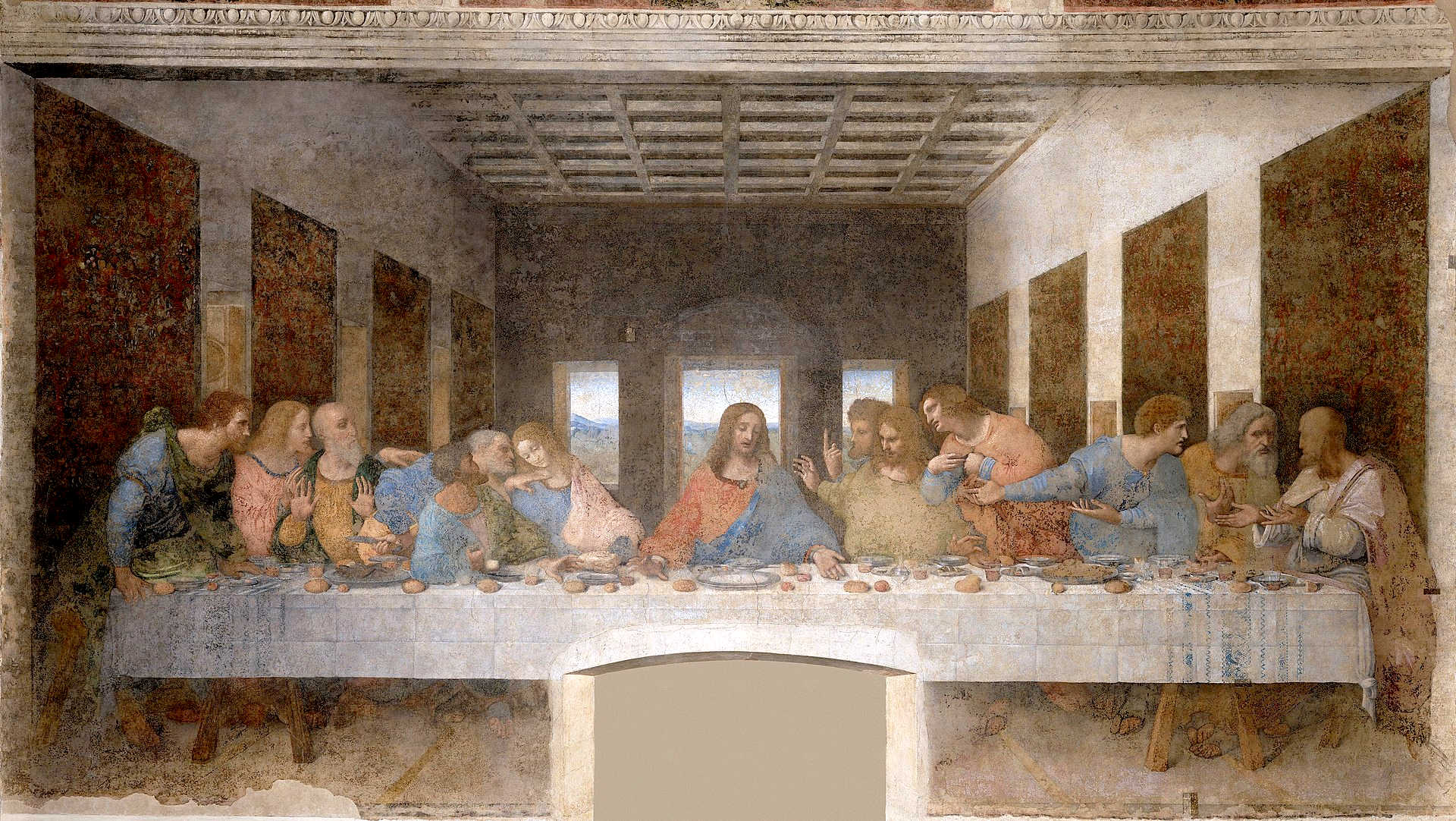
THE
LAST SUPPER
The Last Supper
is a mural painting by the Italian High Renaissance artist Leonardo da Vinci, dated to c. 1495–1498. The painting represents the scene of the Last Supper of Jesus with the Twelve Apostles, as it is told in the Gospel of John – specifically the moment after Jesus announces that one of his apostles will betray him. Its handling of space, mastery of perspective, treatment of motion and complex display of human emotion has made it one of the Western world's most recognizable paintings and among Leonardo's most celebrated works. Some commentators consider it pivotal in inaugurating the transition into what is now termed the High Renaissance.
The work was commissioned as part of a plan of renovations to the church and its convent buildings by Leonardo's patron Ludovico Sforza, Duke of Milan. In order to permit his inconsistent painting schedule and frequent revisions, it is painted with materials that allowed for regular alterations: tempera on gesso, pitch, and mastic. Due to the methods used, a variety of environmental factors, and intentional damage, little of the original painting remains today despite numerous restoration attempts, the last being completed in 1999. Housed in the refectory of the Convent of Santa Maria delle Grazie in Milan, Italy, The Last Supper is his largest work, aside from the Sala delle Asse.
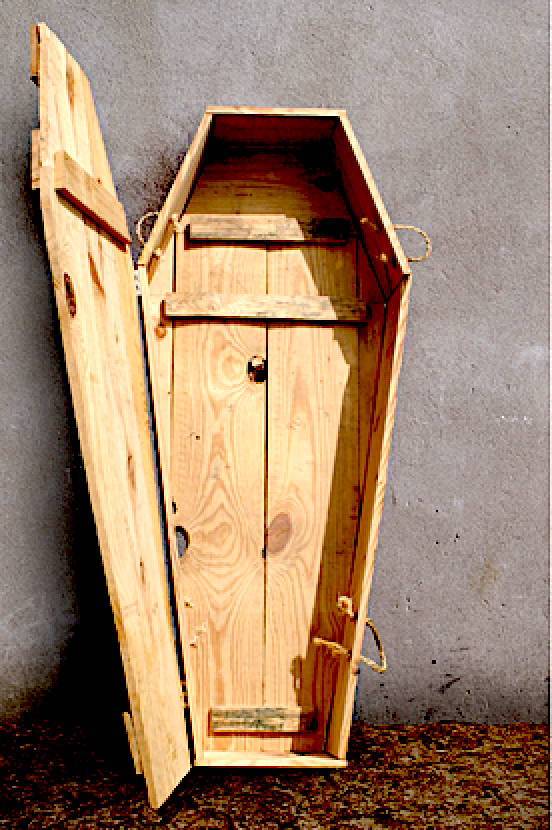
Very
basic wooden coffins were used to transport the dead from
battlefields.
WHY ARE WE BURIED IN COFFINS & CASKETS?
The practice dates back from Ancient
Egyptian times when embalmed bodies were preserved in a
sarcophagus that was placed in the
pyramids. As part of some funeral rituals, the ancient Celts also buried the bodies of the dead in coffins made from stone and natural materials.
One of the reasons people started burying the dead was to preserve the body from decay, and also to protect it from wild animals or natural causes such as floods that could wash away the remains. Sturdy coffins were also believed to protect the dead in the
afterlife.
The more robust the casing, the better to survive the ages.
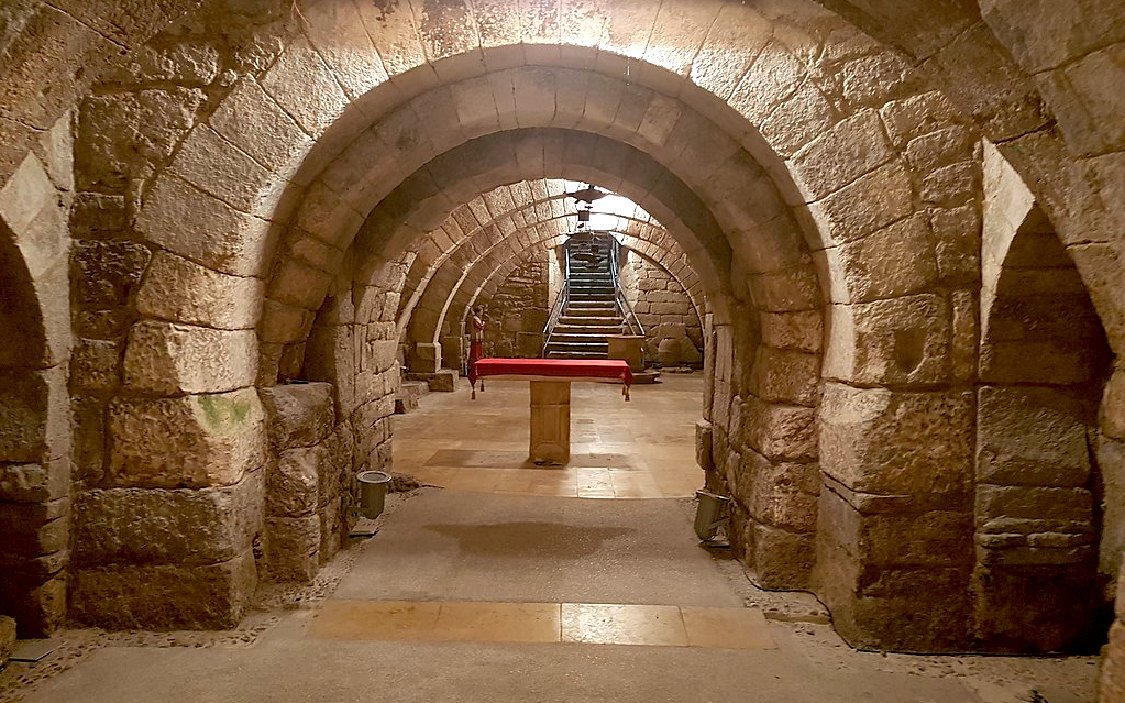
The
Crypt at St.
Paul's Cathedral in Palencia, Spain
THE CUP OF CHRIST - HOLY GRAIL
Since the 19th century, the Holy Grail has been linked to various conspiracy theories. In 1818, Austrian pseudohistorical writer Joseph von Hammer-Purgstall connected the Grail to contemporary myths surrounding the Knights Templar that cast the order as a secret society dedicated to mystical knowledge and relics. In Hammer-Purgstall's work, the Grail is not a physical relic but a symbol of the secret knowledge that the Templars sought. There is no historical evidence linking the Templars to a search for the Grail, but subsequent writers have elaborated on the Templar theories.
Starting in the early 20th century, writers, particularly in France, further connected the Templars and Grail to the Cathars. In 1906, French esoteric writer Joséphin Péladan identified the Cathar castle of Montségur with Munsalväsche or Montsalvat, the Grail castle in Wolfram's Parzival. This identification has inspired a wider legend asserting that the Cathars possessed the Holy Grail. According to these stories, the Cathars guarded the Grail at Montségur, and smuggled it out when the castle fell in 1244.
Beginning in 1933, German writer Otto Rahn published a series of books tying the Grail, Templars, and Cathars to modern German nationalist mythology. According to Rahn, the Grail was a symbol of a pure Germanic religion repressed by Christianity. Rahn's books inspired interest in the Grail within the Nazi occultist circles and led to the SS chief Heinrich Himmler's abortive sponsorship of Rahn's search for the Grail, as well as many subsequent conspiracy theories and fictional works about the Nazis searching for the Grail.
In the late 20th century, writers Michael Baigent, Richard Leigh and Henry Lincoln created one of the most widely known conspiracy theories about the Holy Grail. The theory first appeared in the BBC documentary series Chronicle in the 1970s, and was elaborated upon in the bestselling 1982 book Holy Blood, Holy Grail. The theory combines myths about the Templars and Cathars with various other legends and a prominent hoax about a secret order called the Priory of Sion. According to this theory, the Holy Grail is not a physical object, but a symbol of the bloodline of Jesus. The blood connection is based on the etymological reading of san greal (holy grail) as sang real (royal blood), which dates to the 15th century.
The narrative developed here is that Jesus was not divine, and had children with Mary Magdalene, who took the family to France where their descendants became the Merovingians dynasty. While the Catholic Church worked to destroy the dynasty, they were protected by the Priory of Sion and their associates, including the Templars, Cathars, and other secret
societies. The book, its arguments, and its evidence have been widely dismissed by scholars as
pseudo-historical, but it has had a vast influence on conspiracy and alternate history books. It has also inspired fiction, most notably Dan Brown's 2003 novel
The Da Vinci Code and its 2006 film adaptation.
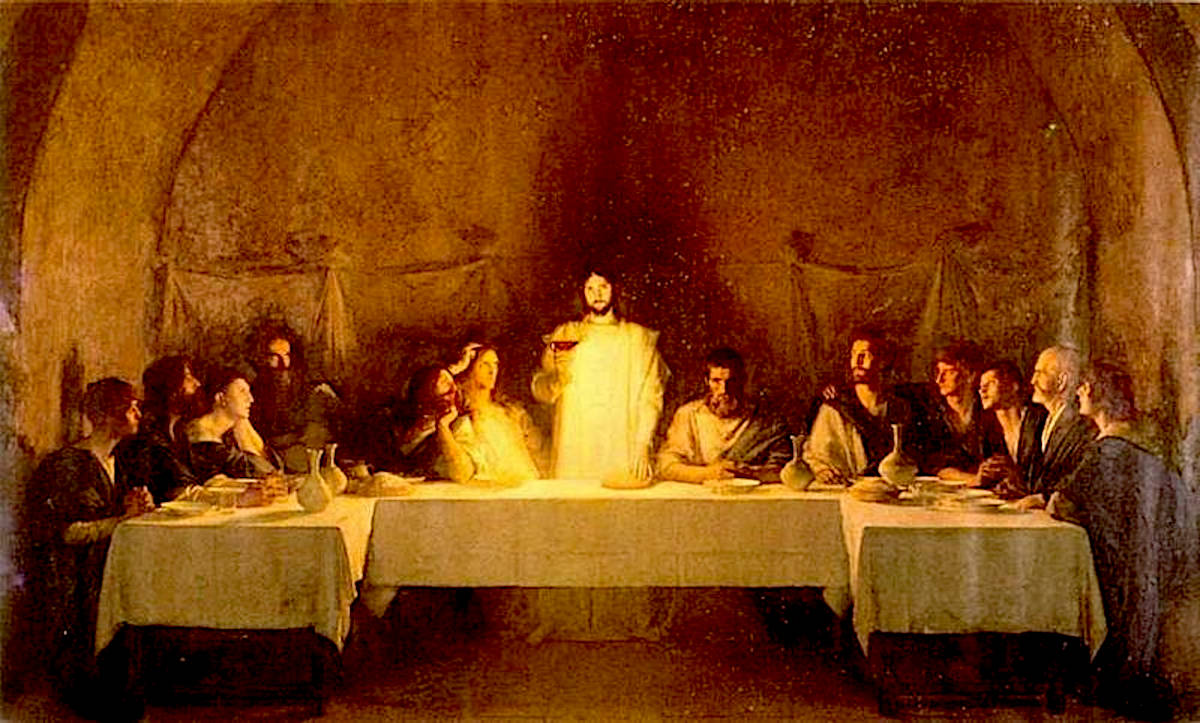
The
Last Supper
WHAT IS THE GOLDEN COMPASS ?
Many assume that the title The Golden Compass is a reference to the golden truth-telling device carried by protagonist Lyra, in the film of the same name, known as an alethiometer. This pocket-sized device proves integral to the overarching story, and it is always depicted as looking somewhat like the type of compass that can help with navigation. But the title was never meant to reference this device.
According to a MentalFloss article, when Phillip Pullman submitted his manuscript to his U.S. publishers, he used the temporary title The Golden Compasses for what would be the entire series. This was a reference to John Milton's epic poem Paradise Lost, which describes some golden compasses used "to circumscribe the universe, and all created things." However, Milton's compass was the drawing tool used to create circles or arcs rather than the kind used for navigation.
Each moment of life creates itself anew. When we are open and receptive to what life brings, instead of resisting and fighting, we begin to cooperate with life. But life will always win when we attempt to oppose it. Our opposition to life stems from our need to suit the outside world to our needs.
A successful athlete learns to race and train in a variety of conditions, locally and internationally. In doing so, he becomes well accustomed to a variety of conditions that help him to become a stronger and prized competitor.
Our lives are not dissimilar to that of athletes. We are faced with challenges every day. These challenges are not coincidental or unfortunate.
They come to us in order to allow us to grow and evolve into a superior person who is capable of withstanding anything life throws our way. Life, whilst rewarding as it is, is nonetheless challenging at the best of times.
Most people’s challenges lie in their inability to see what is before them. We need help with this, via a compass of life. A golden compass. A set of golden rules.
You can Navigate Life with acts of inspiration rather than perspiration. Inspired people have more energy to make things happen. Navigating life via perspiration may be harder and longer to the end goal, but still may get you there in the end. Though, lesser in terms of creative endeavour, equally rewrding. In either case, reflection is helpful, in retracing the course your life is on.
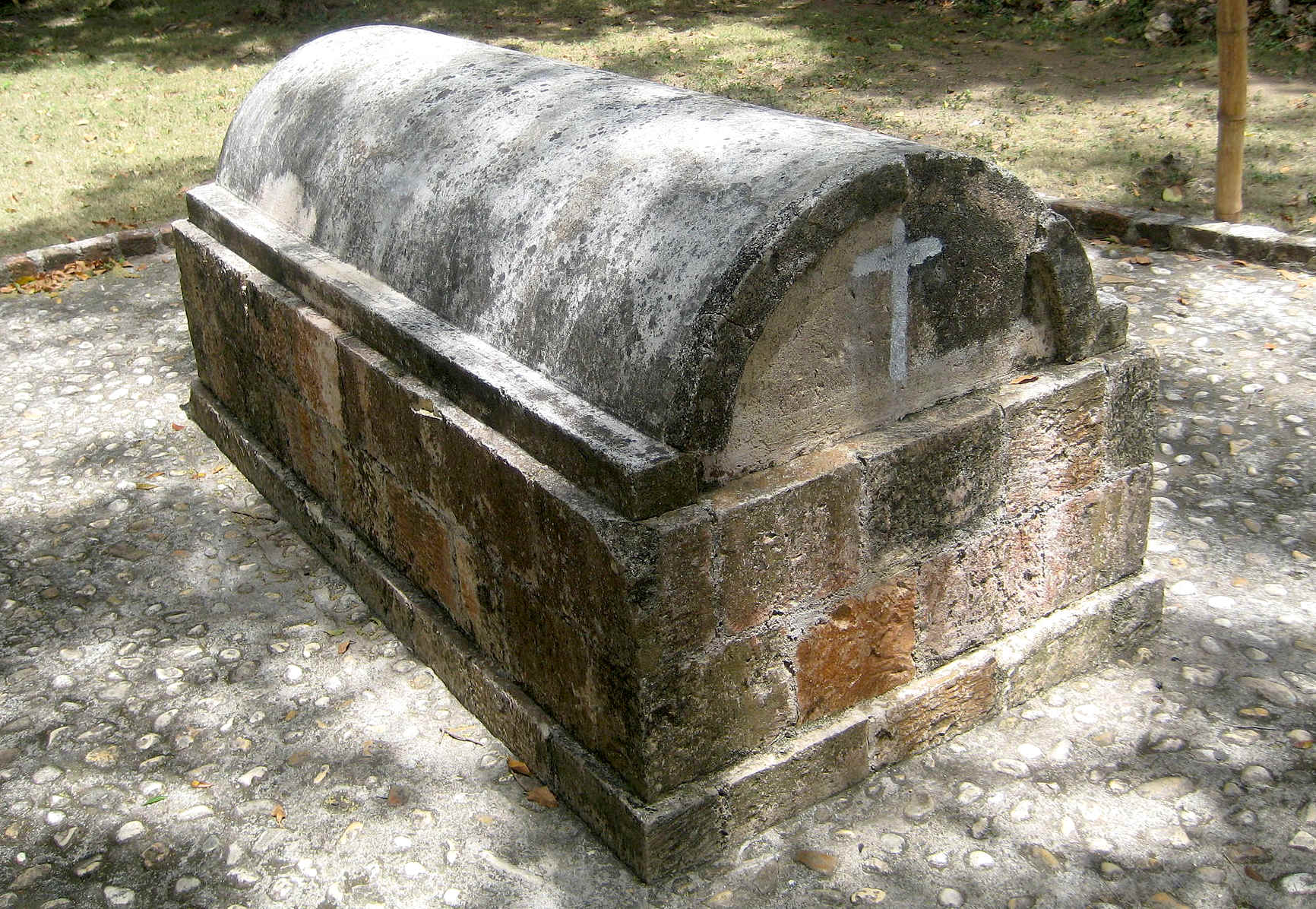
JOHN STORM'S OBSESSION WITH DNA & HUMAN EVOLUTION
In the John
Storm (franchise) of ocean and subsea, or
innerspace adventures, the protagonist's leanings toward
anthropological and evolutionary studies, bordering on obsession,
leads him into direct contact with human remains in all
states of preservation and lack thereof. The Elizabeth Swann
houses the largest, and most comprehensive DNA
database in the world, called The
Ark, from which the
Captain of the ship, working with super AI
computers, can recreate virtually any species of flora or
fauna. Including splicing and defect corrections.
He
thus becomes an expert on the subject on preparations for
life after death interment, or total lack of, at the other
end of the scale. But then he has a brush with the
German/Italian group of scientist and World
Order fanatics, Nuewelt
Rittertum, where he is infected with a virus
that super enhances him. Following this revelation, John realizes
that it is theoretically possible to halt the ageing
process. Meaning that everlasting life is possible. Maybe
not desirable, but a distinct possibility, over and above
mere superstition and spiritual hocus, pocus. This is real
science in the making.
In
addition, the replication of the former Queen
of Egypt, Cleopatra VII, is proof positive, that there
are several possible routes to achieving everlasting life. A
prospect that would seriously disturb the Vatican, Catholic
Church and many other religions. Giving man the divine
spark, in the process diluting absolute divinity. Making
John and Cleopatra gods, rather than mere mortals.
It
is an interesting concept, that our hero is having
difficulty coming the terms with. Giving Cleopatra the edge,
because she is the
first true time traveler. Being a naturalist, John leans
towards maintaining the status quo. Cleopatra has already
chosen to end her life once. She is thus, the deemed
authority on letting go.
PALEO-ANTHROPOLOGY
LINKS
Australopithecus
Australopithecus
africanus
Kenyanthropus
Paranthropus robustus
Homo habilis
Homo
erectus
Homo
heidelbergensis
Homo neanderthalensis
Homo Sapiens Sapiens
Homo Sapiens Superior (Kanis Rex)
REFERENCES
https://www.






